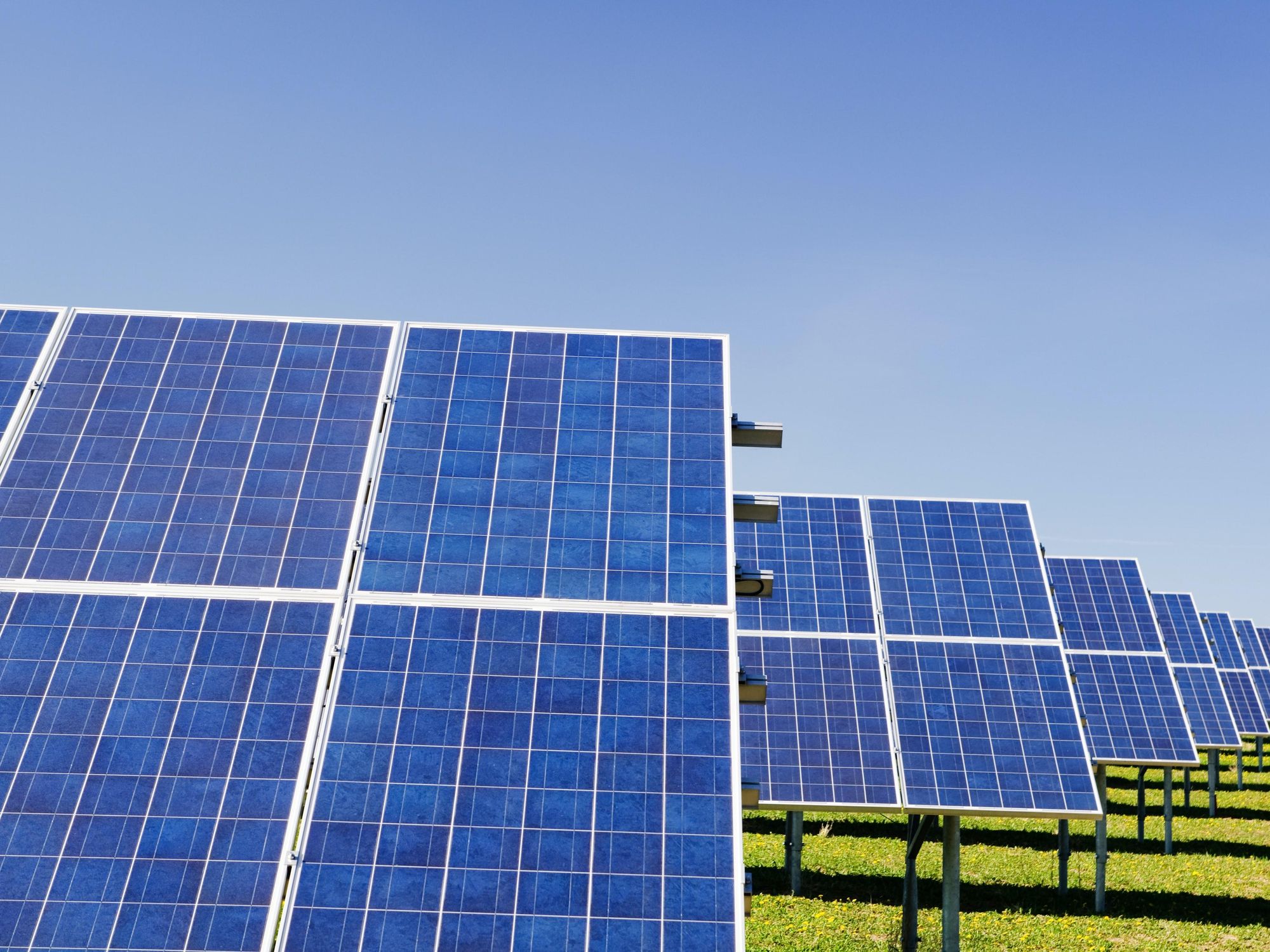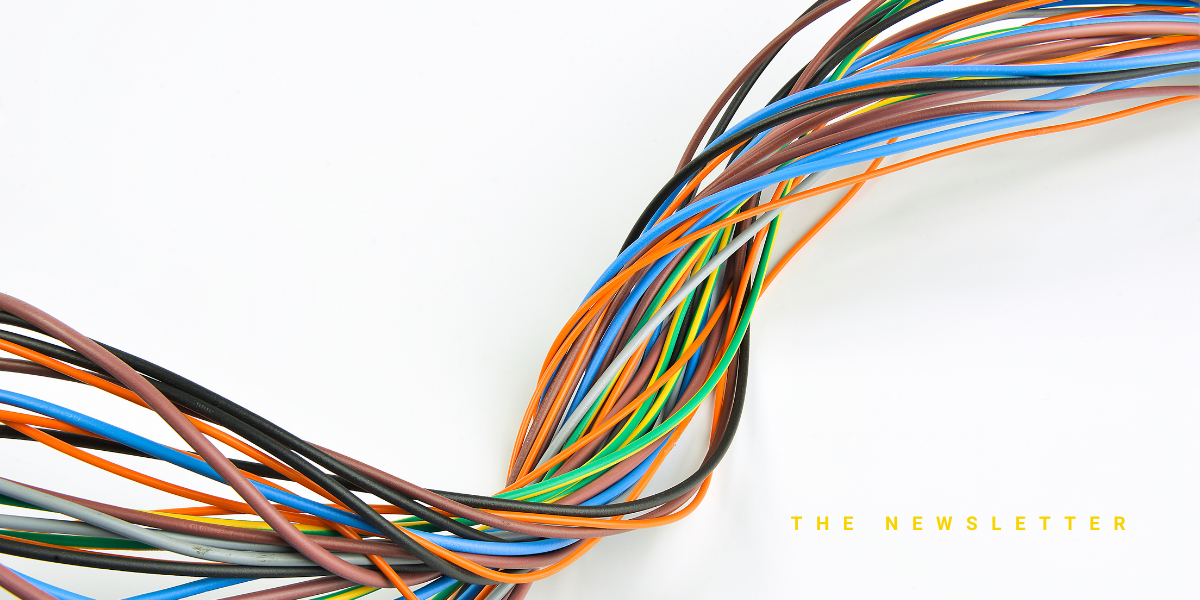Scientists Might Have Just Cracked the Code To Grow More Crops with Less Energy and Water
David Shultz reports on clean technology and electric vehicles, among other industries, for dot.LA. His writing has appeared in The Atlantic, Outside, Nautilus and many other publications.

The human population on planet earth surpassed eight billion this year. That’s a lot of mouths to feed, and the population is only going to continue to grow. Current projections estimate that we’ll need to produce 50% to 60% more food in the next 20 years. That effort will require 30% to 40% more water and about 50% more energy. All the while we still only get one planet’s worth of resources.
Majdi Abou Najm, a researcher at UC Davis studying soil biophysics, says the question of how to feed the world will require more than just incremental advances in our current technology. In a new publication in Earth’s Future, Abou Najm and his co-author Matteo Camporese, lay out an ambitious vision of the future that aims to boost crop yields by partially shading them with solar panels.
Reducing the amount of sun available to crops may sound like a backwards idea when it comes to growing more food. But in many agricultural hotspots, including the Central Valley, water is the limiting resource for crop yield, and turning down the lights a bit would actually help farmers grow more food with less water. The idea would mean that the farmers of the future could control which wavelengths of light shine on their strawberries versus their tomatoes–and then collect everything else with the solar panel, adding another source of revenue or energy savings to their operation.
Using a series of simulations based on real-world photosynthesis data, the researchers showed that the blue wavelengths (shorter waves) of the UV spectrum were less efficient for powering photosynthesis than the red (longer waves). Meanwhile, the blue wavelengths were the best for powering solar panels. The scientists show that if we could develop panels that absorb that blue light while allowing the red to pass through onto plants, you could use the same land to grow food and power the grid.
“We always treated the sun as a boundary condition. If the weather is hotter, we irrigate more,” says Abou Najm. “We can look at light as its own full, diverse resource. We can go into the different spectrums of light and optimize those as we do this exercise.”
Transparent solar cells may sound like a futuristic fantasy, but the technology has been in development for over a decade. While today’s best versions still aren’t as efficient as traditional cells, Abou Najm argues that, if the gap keeps closing, the benefits of reducing land and water usage will begin to outweigh efficiency losses.
There are still questions to be answered: How, for one, do you harvest crops covered by solar panels? And fine tuning which wavelengths of light should be let through the panel will vary on a crop-by-crop basis. Lettuce might grow best with light in the 590–640 nanometer range while strawberries might prefer 700–730. But if researchers can tease apart each plant’s preferences and build corresponding solar cells, the crops of the future may grow just as tall with less water while sharing the land area with solar panels.
That kind of thinking, Abou Najm says, could be transformative to agriculture on Earth.
“The main message here is to see light as a resource and add it to the equation that we optimize when we want to maximize the efficiency of land,” he says.
- LA Venture Podcast: Thin Line Capital's Founder on the Opportunity in Clean Tech ›
- As Central Valley Farmlands Suffer Fire and Drought, a New Vertical Farm Is Sprouting — in Compton ›
- Rivian Banking on Solar Energy To Power Its EV Chargers ›
- Energy Shares Wants to Democratize Green Energy Investments - dot.LA ›
David Shultz reports on clean technology and electric vehicles, among other industries, for dot.LA. His writing has appeared in The Atlantic, Outside, Nautilus and many other publications.





 e.l.f. Beauty Chairman and CEO Tarang Amin and Rhode Founder Hailey BieberImage Source: e.l.f. Beauty
e.l.f. Beauty Chairman and CEO Tarang Amin and Rhode Founder Hailey BieberImage Source: e.l.f. Beauty